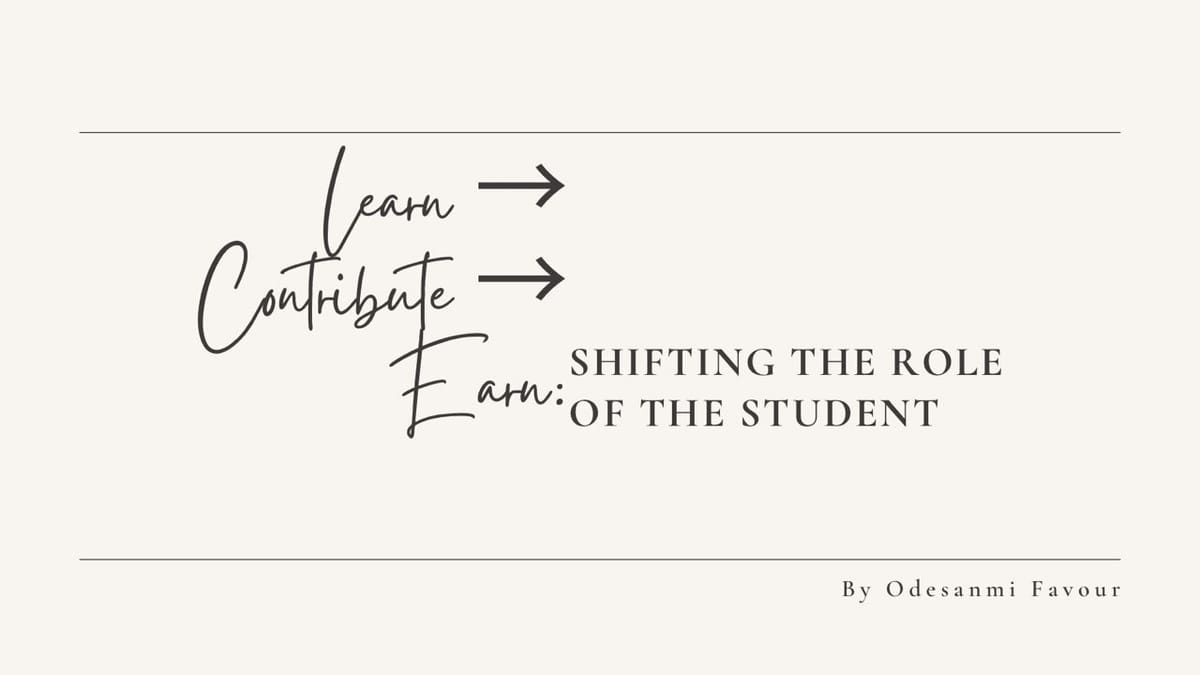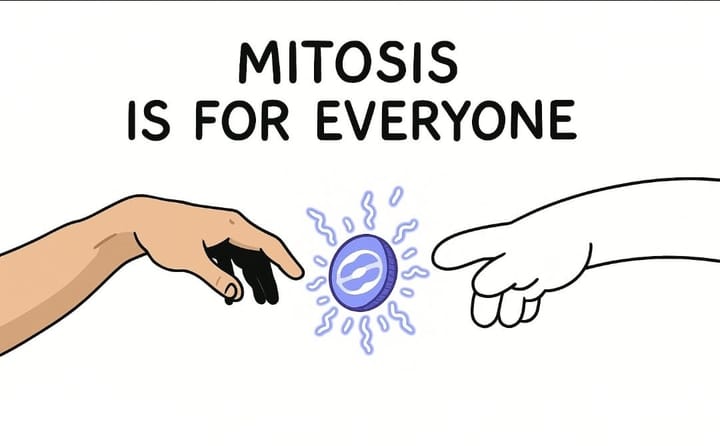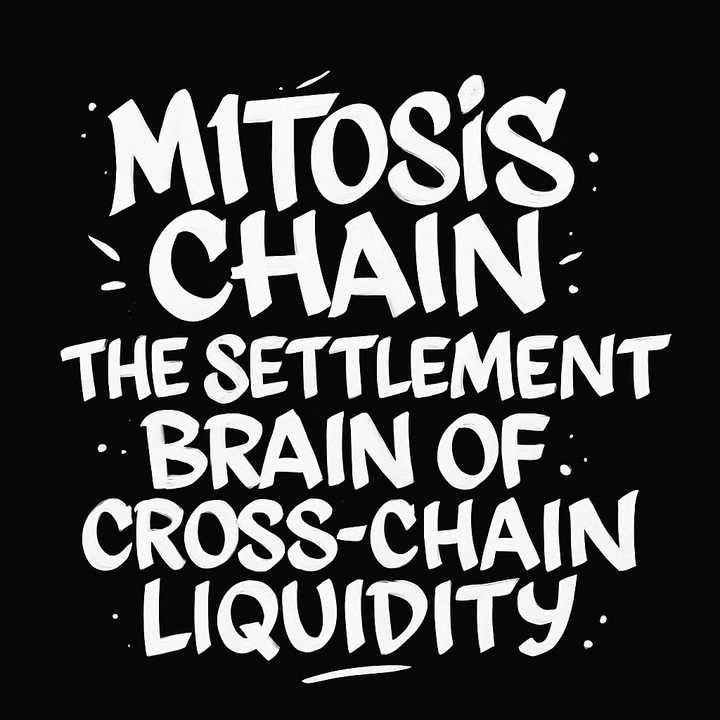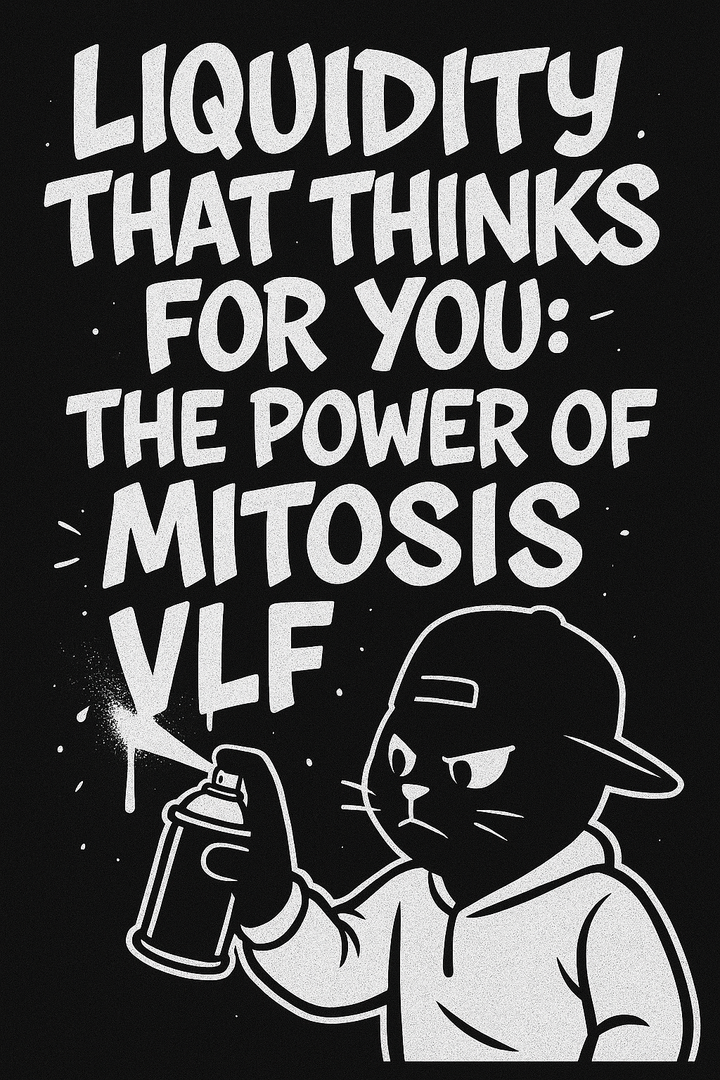Learn → Contribute → Earn: Shifting the Role of the Student

Introduction
The traditional model of education, where students passively consume knowledge and earn degrees as a ticket to employment, is undergoing a radical transformation in 2025. Decentralized technologies, particularly Decentralized Autonomous Organizations (DAOs) and blockchain-based platforms, are redefining the student’s role through a dynamic cycle: **Learn → Contribute → Earn**. This paradigm empowers students to actively participate in their education, contribute to learning communities, and earn tangible rewards—be it governance tokens, credentials, or financial incentives. By shifting students from passive recipients to active co-creators, this model fosters engagement, equity, and real-world impact. This article explores how the Learn → Contribute → Earn framework is reshaping education, with case studies and insights into its challenges and future potential.
In this article, we would explore:
1. The Mechanics of the Learn → Contribute → Earn Model
2. Case Studies of Platforms Driving Student Engagement in 2025
3. Challenges and Future Opportunities for the New Student Role
The Mechanics of the Learn → Contribute → Earn Model
The Learn → Contribute → Earn model leverages blockchain technology and DAOs to create a participatory educational ecosystem. Unlike traditional systems, where students pay high tuition for one-way knowledge transfer, this framework incentivizes students to learn skills, contribute to their communities, and earn rewards—financial, reputational, or governance-based. This cyclical approach aligns education with real-world outcomes, preparing students for the decentralized economy.
How It Works
- Learn: Students access courses on decentralized platforms, often at low or no cost, covering topics like blockchain, AI, or sustainability. Content is typically community-curated, ensuring relevance to industry needs.
- Contribute: Students apply their knowledge by creating content, mentoring peers, or solving real-world problems. Contributions are verified via smart contracts, ensuring transparency and fairness.
- Earn: Students receive rewards, such as governance tokens, NFT credentials, or revenue shares. Tokens grant voting rights in DAOs, while NFTs serve as verifiable proof of skills, recognized by employers or communities.
Key Features
- Blockchain Transparency: Smart contracts automate reward distribution and record contributions on-chain, reducing reliance on centralized institutions. For example, a student’s course completion might trigger an NFT credential issuance.
- Governance Tokens: Tokens like $LEARN or $EDU allow students to influence platform decisions, such as course offerings or funding priorities, fostering a sense of ownership.
- Decentralized Access: Platforms operate globally, enabling students in underserved regions to participate via mobile devices, bypassing geographic and financial barriers.
- Incentivized Learning: Rewards align student efforts with community goals, encouraging continuous engagement. For instance, contributing a tutorial might earn tokens redeemable for advanced courses.
For Example: A Student’s Journey
Consider Aisha, a 20-year-old student in Nigeria. She joins a DAO-based platform, EduDAO, and completes a free course on smart contract development. She contributes by creating a beginner’s guide, verified by the community via a smart contract, earning 50 $EDU tokens. Aisha uses these tokens to vote for a new AI course and later earns an NFT credential, securing a freelance gig with a Web3 startup. This cycle—learning, contributing, and earning—empowers Aisha to shape her education and career.
Why It Matters
Traditional education often burdens students with debt—U.S. student loans reached $1.7 trillion in 2025—and outdated curricula. The Learn → Contribute → Earn model reduces costs (e.g., courses for $50 vs. $5,000), aligns skills with market needs, and fosters equity. The OECD’s 2025 education report notes that 93% of the global population lacks post-secondary education, a gap this model addresses through accessible, incentivized learning.
Case Studies of Platforms Driving Student Engagement in 2025
Several platforms in 2025 are pioneering the Learn → Contribute → Earn model, demonstrating how students can transition from passive learners to active contributors. These case studies highlight diverse applications, from tech skills to liberal arts, and their impact on global education.
Case Study 1: LearnWeb3 DAO – Tech Skills for the Decentralized Economy
Overview: LearnWeb3 DAO, launched in 2022, trains students in blockchain and Web3 technologies, with 25,000 active learners in 2025 across 90 countries. It emphasizes practical skills like smart contract coding and DeFi protocols.
- Mechanics: Students access free or low-cost courses and earn $LW3 tokens by completing projects, such as building decentralized apps (dApps). Tokens grant voting rights on course additions or hackathon funding. In 2025, LearnWeb3 introduced a “DeFi Analyst” track, with 5,000 students earning NFT credentials recognized by 400+ Web3 firms.
- Impact: The platform has upskilled 10,000 students, with 65% from emerging markets. For example, Ravi, an Indian student, learned Solidity, built a dApp for a microfinance DAO, and earned $LW3 tokens, which he used to fund a mentorship program, securing a job at Polygon.
- Example: Ravi completed a course, contributed a dApp tutorial, and earned 100 $LW3 tokens. He voted to prioritize a Web3 gaming course, which attracted 3,000 learners, and used his NFT credential to join a startup, illustrating the model’s transformative power.
Case Study 2: Knowledge DAO – Interdisciplinary Learning for All
Overview: Knowledge DAO, founded in 2023, offers courses in liberal arts, sustainability, and AI, with 15,000 members in 2025. It focuses on interdisciplinary learning, connecting students with global experts.
- Mechanics: Students pay $50 in $KNOW tokens for premium courses or earn tokens by creating content, such as essays or VR workshops. Smart contracts distribute 80% of course revenue to contributors. In 2025, Knowledge DAO launched a “Climate Tech Ethics” course, co-created with MIT researchers, reaching 4,000 learners.
- Impact: The DAO has issued 6,000 NFT credentials, with 50% of graduates contributing to sustainability projects. For instance, Li, a Chinese student, earned $KNOW tokens by designing a climate policy brief, used them to access an AI course, and joined a green tech startup.
- Example: Li completed a sustainability course, contributed a policy guide, and earned 75 $KNOW tokens. She voted to fund a peer’s VR seminar and used her NFT credential to secure a remote internship, showing how DAOs empower interdisciplinary contributions.
Case Study 3: SkillForge DAO – Professional Upskilling
Overview: SkillForge DAO, launched in 2024, targets professionals seeking to upskill in AI, blockchain, and data science, with 12,000 members in 2025. It partners with firms like IBM to align courses with industry needs.
- Mechanics: Professionals stake $SKILL tokens to access courses or earn them by mentoring or creating case studies. Smart contracts automate credential issuance and revenue sharing. In 2025, SkillForge introduced an “AI for Healthcare” track, training 3,000 professionals.
- Impact: The DAO has upskilled 5,000 workers, with 60% securing promotions or new roles. For example, Sarah, a U.S. nurse, learned AI analytics, contributed a healthcare case study, and earned $SKILL tokens, landing a role at a telehealth firm.
- Example: Sarah completed an AI course, mentored 10 peers, and earned 60 $SKILL tokens. She voted to fund a mental health tech course and used her NFT credential to transition careers, highlighting the model’s professional impact.
Challenges and Future Opportunities for the New Student Role
While the Learn → Contribute → Earn model is transformative, it faces hurdles in scalability, regulation, and inclusivity. Addressing these will determine its ability to redefine education by 2030.
Challenges
- Regulatory Uncertainty: DAOs operate in a legal gray area, with regulators like the U.S. SEC questioning token-based governance. Education DAOs must comply with accreditation and data privacy laws, which vary globally. For instance, Knowledge DAO faced a 2024 inquiry from European regulators over NFT credential legitimacy.
- Accessibility Barriers: Blockchain’s technical complexity and costs (e.g., Ethereum gas fees averaging $5–$10) can exclude non-tech-savvy or low-income students. LearnWeb3 reported a 15% dropout rate in 2024 due to wallet setup challenges.
- Quality Control: Community-driven content risks prioritizing popularity over rigor. A 2025 controversy in Aave DAO, where misallocated funds sparked dissent, shows how governance disputes can affect quality, a risk for education DAOs.
- Digital Divide: With 37% of the global population offline, per 2025 UN data, DAOs must address internet and device access to ensure inclusivity.
For Example: LearnWeb3’s Accessibility Fix
In 2024, LearnWeb3 faced backlash when high gas fees deterred African students. The DAO migrated to a layer-2 blockchain (Optimism), reducing fees by 90%, and partnered with mobile providers for low-cost data plans. Enrollment from sub-Saharan Africa rose 35% in 2025, but offline communities remain underserved, highlighting the need for hybrid solutions.
Future Opportunities
By 2030, the Learn → Contribute → Earn model could:
- Globalize Credentials: NFT credentials could replace traditional degrees, with employers like Amazon recognizing DAO-issued skills, as seen with SkillForge’s partnerships.
- Integrate Emerging Tech: Combining DAOs with AI and VR, as Knowledge DAO does, could create immersive learning, aligning with Pearson’s 2025 AI education trends.
- Shape Policy: DAOs could collaborate with governments, as suggested by UN education reforms, to integrate decentralized learning into public systems.
- Drive Lifelong Learning: Tokenized rewards could incentivize continuous upskilling, with platforms like SkillForge offering passive income for contributors, fostering a culture of lifelong learning.
Conclusion
The Learn → Contribute → Earn model is revolutionizing the role of the student in 2025, transforming them from passive consumers to active co-creators of education. Platforms like LearnWeb3, Knowledge DAO, and SkillForge DAO empower students to learn, contribute, and earn through blockchain-based governance, offering accessible, industry-relevant education. While challenges like regulation and accessibility persist, the model’s potential to democratize learning for the 93% of the global population without advanced education is immense. By 2030, decentralized universities could redefine education, creating a world where students shape their learning and thrive in a decentralized economy.



Comments ()